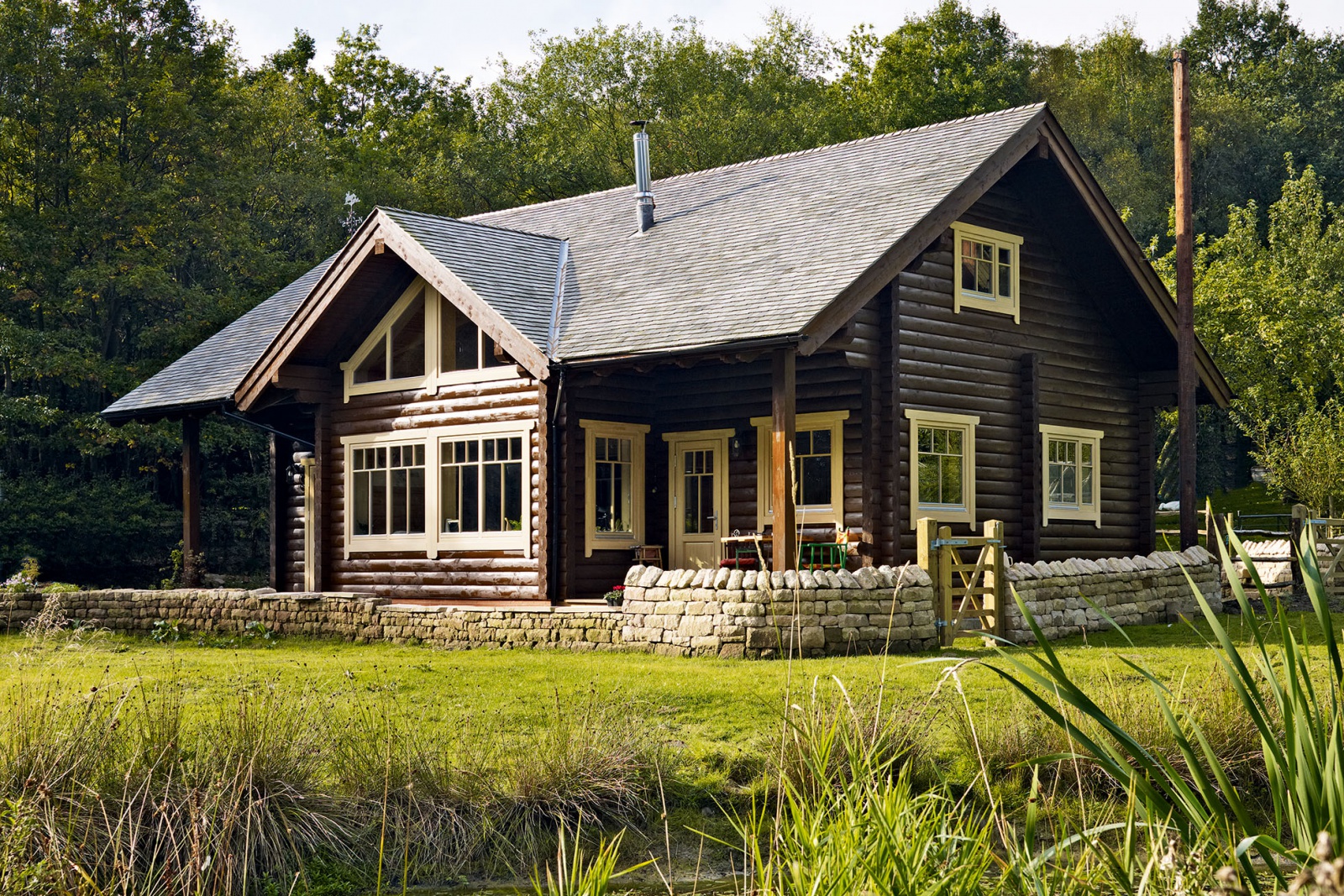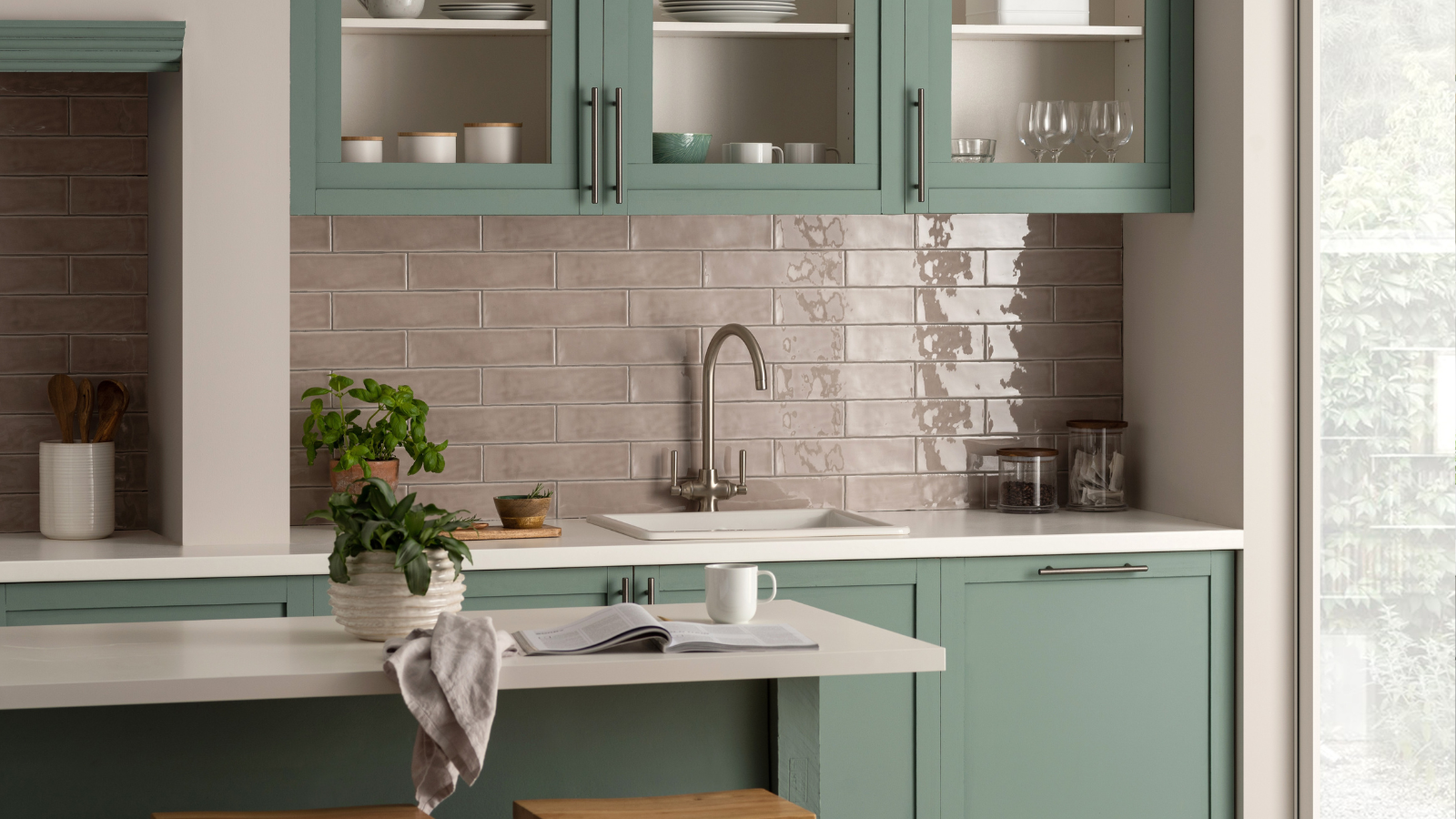A Guide to Off-Mains Heating
If you’re not on gas, choosing a new heating system is complicated. Tim Pullen analyses the costs, paybacks and how the different options stack up

In the UK, there are around four million homes that are not connected to the main gas network. For years, the options were mainly:
- oil
- LPG
- electricity
- solid fuel, such as coal or logs.
With the possible exception of logs, all of these fuels are more expensive than mains gas. This makes it difficult for homeowners to justify (in financial terms, at least) moving away from gas.
Thanks to Government incentives, such as the RHI, renewable energy options such as air and ground-source heat pumps and biomass have become more mainstream, alongside solar thermal panels.
But there are many very different conclusions about the efficacy of various renewable energy options to contend with.
All of these factors leaves the homeowner installing a new heating system wondering what to do.
The main consideration for most people is the cost:
- the initial cost of installing the kit
- the annual running costs
- the overall lifetime cost, comprising upfront installation and running costs, which is perhaps most important consideration.
It is also worth considering the environmental impact of each choice, as well as the practical implications of living alongside these different systems.
Bring your dream home to life with expert advice, how to guides and design inspiration. Sign up for our newsletter and get two free tickets to a Homebuilding & Renovating Show near you.
High capital costs for renewable energy systems (such as biomass or heat pumps) are holding back mainstream take-up, although Government incentives can more than pay back this initial cost over seven years.
The best system to choose depends largely on the amount of heat energy your home will need and how your system is set up (e.g. with underfloor heating). As such your assessment should start with a heating engineer’s report (or at the very least, an EPC).
You must take a view on long-term price volatility in the particular energy market you’re basing your system on. Even heat pumps depend on electricity prices, for instance.
Off-Mains Heating Choices
Oil
- Low capital cost
- Wide choice of suppliers
- Inconvenience of the tank and deliveries
- Fuel price volatility
- Easy operation
LPG
- Low capital cost
- High running cost
- High maintenance cost
- Similar to using mains gas
- Cleaner than oil or biomass
Wood pellet
- High capital cost
- Stable fuel cost
- Inconvenient fuel storage
- Ash needs disposal (but not regularly)
- Long life and high efficiency
Air-source heat pump
- Low capital cost
- Higher running cost than ground-source
- Lower incentives
- Shorter predicted life
- Noise emissions potential (although newer models may overcome this)
Ground-source heat pump
- Higher capital cost
- Lower running cost
- Clean and convenient
- Higher lifespan
- Higher incentives
Thermal solar
- Low upfront capital cost
- Supplementary heating only
- Low maintenance and zero running costs
- Good incentives
- Very long life
How Much Heat Do I Need?
The starting point for a wise choice is to establish your home’s heat requirement.
This kWh figure will be on the EPC (Energy Performance Certificate) of your home if you bought it in the last eight years. This is usually quoted as kWh/m²/yr — simply multiply it by the total floor area of the house, which will also be on the EPC.
Your home’s heat requirement will have changed if you have altered the house since moving in (e.g. installing new windows, adding insulation, adding an extension).
The kWh figure shows how much heat energy your home consumes for space heating (i.e. your radiators or underfloor system if you have them) and hot water (showers, hot water taps, baths and so on).
The two types of heating requirements need different temperatures.
- Space heating can be as low as 35°C for underfloor systems
- Hot water needs to be in excess of 64°C at least once each week, and often ends up at 70–90°C
This means that the two elements of your heating system can be separated out.
The average UK home uses around 15,000kWh each year for heating. This may be a bit misleading as the average includes flats and small new builds, as well as large brick piles.
- The ‘average’ 200m² new build is likely to use nearer 11,000kWh for space heating
- Renovators of larger homes have consumption figures well above 50,000kWh per year
- Self builders constructing relatively modest-sized homes to Passivhaus standards could achieve annual consumptions of just 2,250kWh (150m² at 15kWh/m²) for space heating with perhaps the same again for hot water heating.
Your home’s heat requirement figure will form the basis for your plans and calculations.
‘Fabric First’
The best thing you can do (for your wallet and the planet) is to reduce this figure by adopting a ‘fabric first’ approach. A highly insulated, airtight house will use far less energy than another draughty (often older) equivalent.
Annual Running Cost and Fuel Cost Comparison
| Header Cell - Column 0 | Fuel price (per KWH) | Annual Running Cost | Fuel cost over 7 years | Fuel cost over 10 years |
|---|---|---|---|---|
| Mains gas | £0.06 | £850.50 | £8,576 | £14,916 |
| Oil | £0.04 | £630 | £6,886 | £12,544 |
| LPG | £0.07 | £1,102.50 | £12,045 | £21,942 |
| Biomass | £0.06 | £866.25 | £6,839 | £10,397 |
| Ground-source heat pump | £0.15 | £562.50 | £5,670 | £9,862 |
| Air-source heat pump | £0.15 | £750 | £7,566 | £13,161 |
Capital Cost Comparison
Work out what output you need from your new system. Biomass boilers, solar panels, heat pumps and so on are all sized in kW and although there are online calculators available to help the amateur size up a boiler, it is best to get a bespoke calculation from a heating engineer.
Renewable energy systems If you are installing a renewable energy system, getting the right size is key. Undersize it and it may be working too hard to be efficient; oversize it and excessive cycling (switching on and off) will occur. And big systems cost more than smaller systems.
Gas and oil boilers The price of comparable gas and oil boilers will be broadly the same across manufacturers, as will the price of comparable heat pumps.
Biomass boilers The price can vary hugely. Quality, country of origin and level of sophistication will all influence the price of a biomass boiler.
Heat pumps It is difficult to give direct price comparisons for heat pumps as, typically, a 28kW heat demand would be considered unsuitable for heat pumps. A more likely scenario is that investment would first be made in insulation and airtightness to reduce the heat load to something within scope of a heat pump.
| Fuel* | Capital cost |
|---|---|
| Mains gas | £2,500 |
| Oil | £5,000 |
| LPG | £4,000 |
| ASHP | £7,500 |
| GSHP | £12,000 |
| Biomass | £15,000 |
* Includes installation and ancillary equipment
Government Incentives
Renewable Heating Incentive (RHI) tariffs are subject to a gradual decrease (known as a degression) in January, April, July and October each year. The degression applies to new applicants. Payments can be assessed on either ‘deemed’ consumption, or metered.
To apply for the domestic RHI scheme the property must have an Energy Performance Certificate (EPC). The EPC will calculate the amount of heat the house will consume in a year and that figure will be the ‘deemed’ consumption — regardless of actual consumption. Installing a meter is only necessary if:
- there is more than one heat source
- the house is occupied for less than half the year
- for non-domestic situations.
Overall Costs
| Fuel | Total cost over 7 years | Total cost over 10 years |
|---|---|---|
| Mains gas | £11,076 | £19,916 |
| Oil | £11,886 | £22,544 |
| LPG | £16,045 | £29,942 |
| ASHP | £7,723 | £13,318 |
| GSHP | £3,453 | £7,645 |
| Biomass | £14,762 | £18,320 |
* Based on an annual heat requirement of 15,000 kWh/yr of a typical house, including capital and fuel costs. Capital cost includes installation and ancillary equipment. Fuel costs includes inflation at 12% for electricity, gas, LPG and oil, and 4% for biomass. The 10-year cost includes replacement boilers for gas, LPG and oil.
Heating System: Other Costs
A heating system comprises three elements:
- the heat source
- the distribution system
- the control system.
So far we have only looked at the heat source.
Heating distribution is a choice of either underfloor heating (UFH) or radiators.
- Ground source and air source heat pumps both need low temperature distribution. This is best done with UFH
- The other off-mains heat sources can use either UFH or radiators, so it is a matter of personal choice and budget. UFH is a little more expensive than radiators but is usually not enough to be a deal breaker
The control system needs to be able to control when heat is delivered, where to and at what temperature. A good-quality digital system will add £1,200 to £1,500 to the total, to include room thermostats and a programmable control panel.
Biomass is a little different, as the control system also has to control how and when the boiler operates. In this case, a control system that gives a comparable level of convenience to a heat pump can run to £4,000 or £5,000. What is needed will be dictated by the manufacturer and is not optional. Asking a supplier for the price of a wood pellet boiler is fine, but you’ll also need to factor in the cost of the control system.
Living With the Different Systems
In terms of convenience there really is little to choose between the options. Log boilers are difficult but wood pellet boilers impose little operational burden on the user — load pellets at worst once each week and then empty the ash every three to six months. Heat pumps ask no more than a gas or oil boiler.
It’s worth noting that log boilers need a very large hot water storage tank — no less than 50 litres per kW output, so a 28kW boiler would need a 1,400 litre cylinder. Solar panels also need a bigger than average hot water cylinder, but typically this is 250 to 350 litres. This size of cylinder would be more than adequate for a heat pump or wood pellet boiler.
There may be other concerns that affect your decision:
Controls: The control systems are also fairly similar: a digital, touch-sensitive pad to set timing and temperature for each heated zone (or room). Remote control is now becoming increasingly prevalent from a PC or smart phone.
Storing Fuel: Storing wood pellets (or logs) will always be an issue but, for wood pellets at least, no more of an issue than oil. Waterproof stores are now easily available and even underground storage is becoming more common.
Noise: Noise emissions from air-source heat pumps can also be an issue. But today’s models are quieter than previously, with noise deflector boxes now available.
In short, renewable energy heating manufacturers have been working hard over the past 10 years to get heat pumps and biomass boilers to be as easy to live with as gas and oil boilers.
Tim was an expert in sustainable building methods and energy efficiency in residential homes and wrote on the subject for magazines and national newspapers. He is the author of The Sustainable Building Bible, Simply Sustainable Homes and Anaerobic Digestion - Making Biogas - Making Energy: The Earthscan Expert Guide.
Tim's interest in renewable energy was first inspired by visits to the Royal Festival Hall heat pump and the Edmonton heat-from-waste projects. Moving to a small-holding in South Wales fanned his enthusiasm for sustainability. He went on to install renewable technology at the property, including biomass boiler and wind turbine.
He formally ran energy-efficiency consultancy WeatherWorks and was a speaker and expert at the Homebuilding & Renovating Shows across the country.

